Some literary works are destined for immediate fame, while others take time to find their audience. Often misunderstood or overlooked during their initial release, these forgotten books later gained recognition for their brilliance. Whether due to changing tastes, cultural shifts, or new interpretations, these once-neglected works eventually rose to prominence. Now considered classics, they remind us that true literary gems can take time to shine. Here are 17 such works that gained popularity long after they were first published.
Moby-Dick by Herman Melville
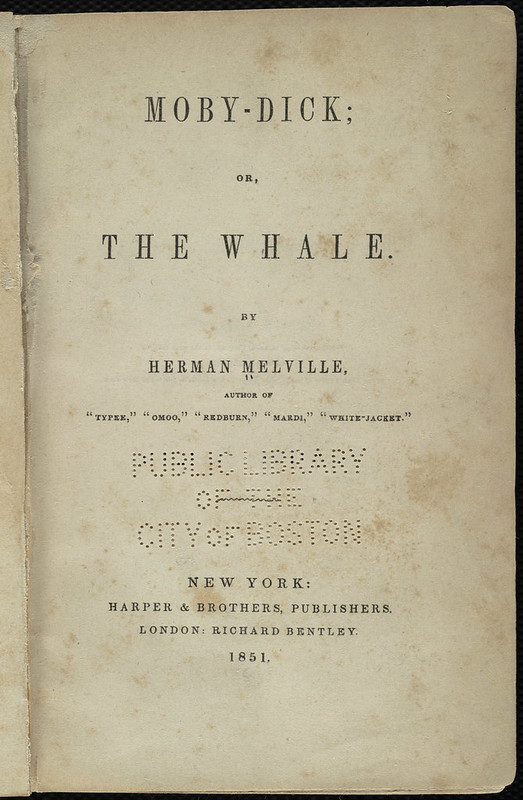
Upon its publication in 1851, Moby-Dick was met with lukewarm reception and quickly faded into obscurity. Many critics and readers found the novel too complex and its philosophical depth overwhelming. It wasn’t until the early 20th century that Melville’s magnum opus was reevaluated, with scholars recognizing its profound exploration of human nature. Today, Moby-Dick is hailed as one of the greatest American novels, with its symbol-laden narrative resonating deeply with readers. Its themes of obsession, fate, and survival are more appreciated now than ever before. The novel’s resurgence highlights how literature often finds its audience long after the author’s time.
The Great Gatsby by F. Scott Fitzgerald
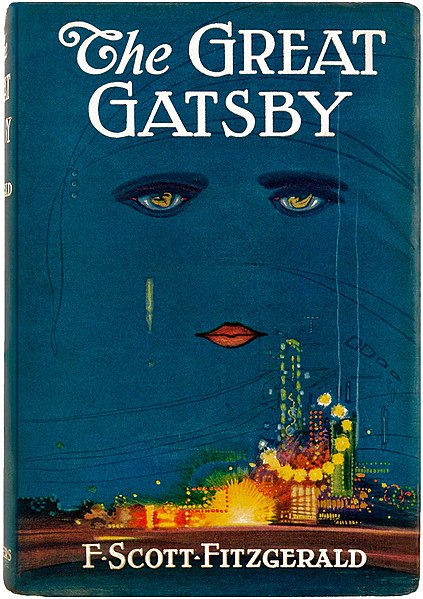
Fitzgerald’s The Great Gatsby was largely overlooked when it was first published in 1925. Though it received some critical praise, it failed to capture the public’s imagination and sold poorly. However, in the decades following Fitzgerald’s death, especially after World War II, the novel was reassessed and rediscovered by new generations. Today, it stands as a classic of 20th-century American literature, capturing the disillusionment of the Jazz Age. Its vivid characters, poetic prose, and timeless critique of the American Dream now resonate deeply. The once-forgotten work is now a staple in literature courses worldwide.
Frankenstein by Mary Shelley
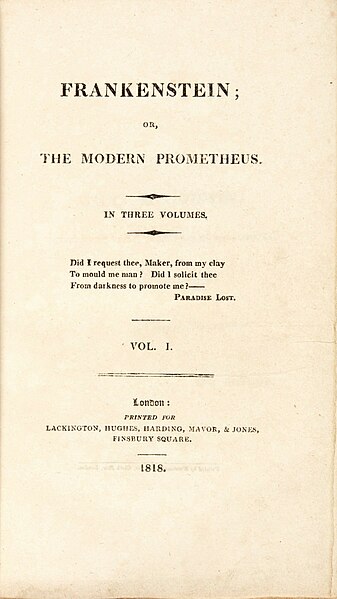
When Mary Shelley first published Frankenstein in 1818, it did not receive the same recognition it enjoys today. Critics at the time were more interested in her husband, Percy Bysshe Shelley, and largely dismissed her work. Over the years, however, Frankenstein has become a foundational text in both Gothic literature and science fiction. Its exploration of themes like creation, responsibility, and alienation has gained tremendous relevance in modern discussions. Shelley’s work is now recognized as one of the most important novels in the Western canon. The tale of Victor Frankenstein and his monster continues to inspire countless adaptations and scholarly debates.
Wuthering Heights by Emily Brontë
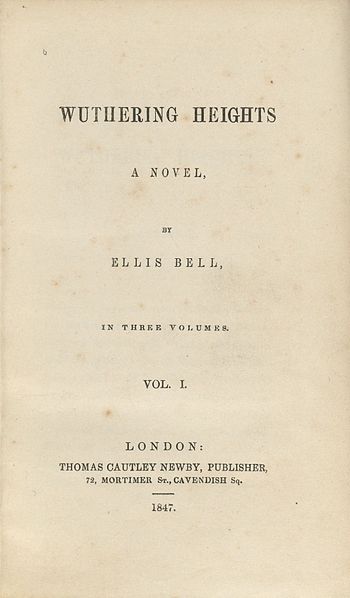
Emily Brontë’s only novel, Wuthering Heights, was initially met with confusion and distaste by Victorian readers. Its dark, stormy atmosphere and morally ambiguous characters were a stark departure from the period’s literary norms. It wasn’t until the early 20th century that the novel gained widespread admiration for its complex structure and emotional intensity. Brontë’s raw depiction of passion, revenge, and the destructive nature of love has since captivated readers across generations. Modern audiences celebrate Wuthering Heights for its psychological depth and narrative innovation. What was once a misunderstood work is now considered a masterpiece of English literature.
The Master and Margarita by Mikhail Bulgakov
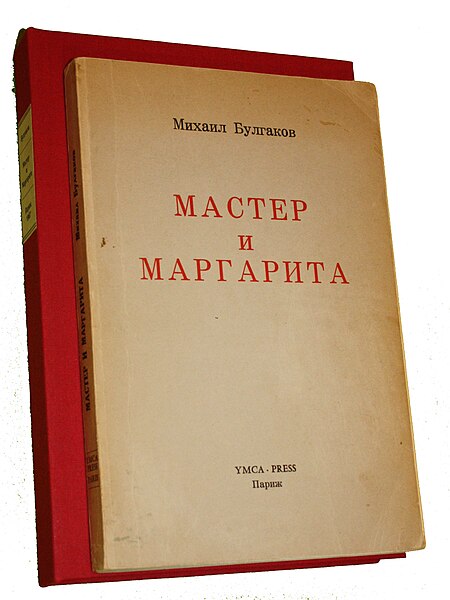
Bulgakov’s The Master and Margarita remained unpublished during his lifetime due to Soviet censorship. Written in the 1930s, the novel wasn’t widely read until it was posthumously published in 1967, decades after Bulgakov’s death. This surreal, multi-layered narrative blends historical events with fantastical elements, creating a scathing critique of Soviet society. Over time, The Master and Margarita gained recognition for its bold thematic exploration of good and evil, free will, and power. The novel is now revered as one of the most important works of Russian literature. Bulgakov’s vision, once suppressed, found its audience and has since left an indelible mark on world literature.
Walden by Henry David Thoreau
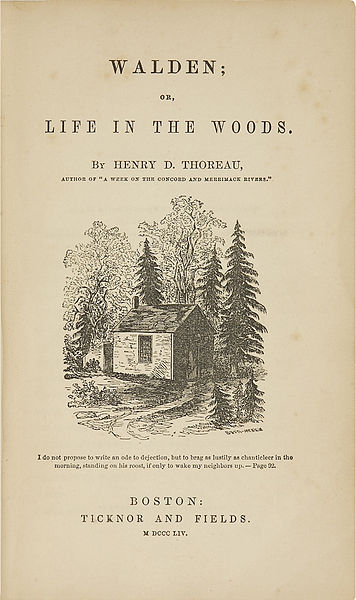
When Henry David Thoreau published Walden in 1854, it did not achieve immediate success. Its meditative style and focus on solitude in nature did not resonate with the majority of readers at the time. However, during the 20th century, especially with the rise of environmental and transcendentalist movements, Walden gained a new life. Thoreau’s reflections on simplicity, self-reliance, and nature’s beauty have since become iconic. His work now serves as a philosophical guide for those seeking a more meaningful and sustainable way of life. What once seemed eccentric has become a profound meditation on human existence.
The Picture of Dorian Gray by Oscar Wilde
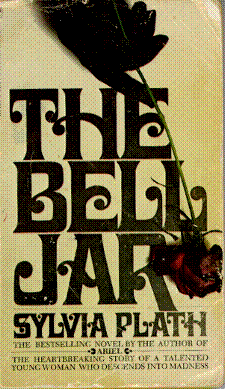
Wilde’s The Picture of Dorian Gray was widely criticized upon its release in 1890 for its controversial themes of vanity and moral corruption. Victorian society found the novel’s moral ambiguity shocking, and it was largely dismissed. Decades later, as society’s views on art and morality evolved, Dorian Gray found its place as a classic work of Gothic fiction. The novel’s exploration of beauty, hedonism, and the cost of living a life of excess resonates deeply with modern audiences. Wilde’s witty and sharp prose continues to enchant readers, making it one of his most enduring works. What was once considered scandalous is now celebrated for its artistry.
Leaves of Grass by Walt Whitman
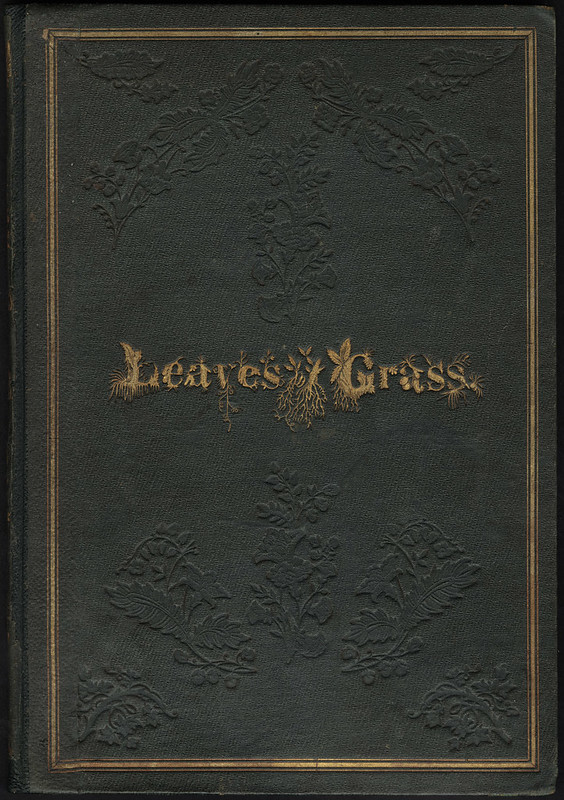
First published in 1855, Walt Whitman’s Leaves of Grass was initially met with mixed reviews and limited public attention. Its unconventional style and free verse were groundbreaking but alienated many contemporary readers. Over time, however, Whitman’s bold and innovative approach to poetry was recognized for its celebration of the individual and the collective American experience. Today, Leaves of Grass is regarded as one of the most influential works in American literature. Whitman’s reflections on democracy, nature, and humanity have cemented his status as a visionary poet. What was once an overlooked collection has become a defining voice of American literary identity.
The Bell Jar by Sylvia Plath

When The Bell Jar was first published under a pseudonym in 1963, it didn’t attract much attention. The novel, which closely mirrors Plath’s own struggles with mental illness, was seen as too dark and uncomfortable for many readers. However, after Plath’s death, the book was re-released under her name, and its raw portrayal of depression resonated with a wider audience. Over the years, The Bell Jar has become a feminist classic, offering insight into the complexities of mental health and societal pressures on women. Today, it’s celebrated for its powerful, poignant prose and emotional depth. Its posthumous success reflects a shift in how society discusses mental illness.
The Trial by Franz Kafka

Franz Kafka’s The Trial remained largely unnoticed during his lifetime, like much of his work. Written in 1914 but published posthumously in 1925, the novel reflects Kafka’s bleak and surreal worldview, which didn’t find much traction until decades later. It wasn’t until the mid-20th century that Kafka’s existentialist themes, particularly his critiques of bureaucracy and alienation, resonated with readers and scholars alike. The Trial, with its haunting story of Josef K.’s absurd and unjust legal nightmare, is now regarded as one of the defining works of modernist literature. Kafka’s once-neglected works have since shaped literary discussions on absurdity and the human condition.
The Sound and the Fury by William Faulkner
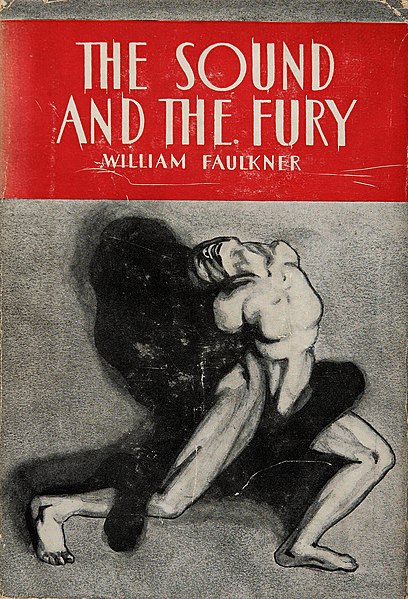
When William Faulkner published The Sound and the Fury in 1929, it struggled to gain commercial success. Its nonlinear narrative and experimental stream-of-consciousness style baffled many readers and critics at the time. However, Faulkner’s work was rediscovered in the 1940s, as critics began to appreciate his innovative approach to storytelling and his deep exploration of Southern life. The Sound and the Fury has since earned its place as a cornerstone of American literature, lauded for its complex structure and rich psychological insight. Faulkner’s novel, once dismissed as confusing, is now celebrated for pushing the boundaries of literary form.
Middlemarch by George Eliot
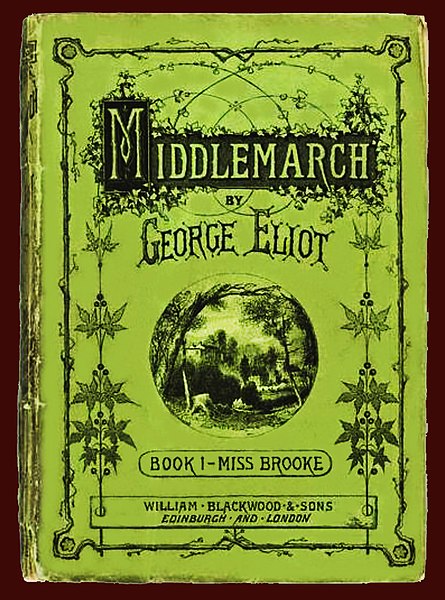
Though Middlemarch was published to some critical praise in 1871, its popularity waned in the years following its release. George Eliot’s detailed examination of small-town life, politics, and the complex lives of its characters was considered too dense and slow-paced for many readers at the time. However, as literary criticism evolved, Middlemarch was recognized as a masterpiece of English literature. Its keen insight into human nature, society, and morality has made it a favorite among modern readers and scholars. Eliot’s nuanced portrayal of provincial life now stands as one of the greatest novels of the Victorian era.
The Man Who Was Thursday by G.K. Chesterton
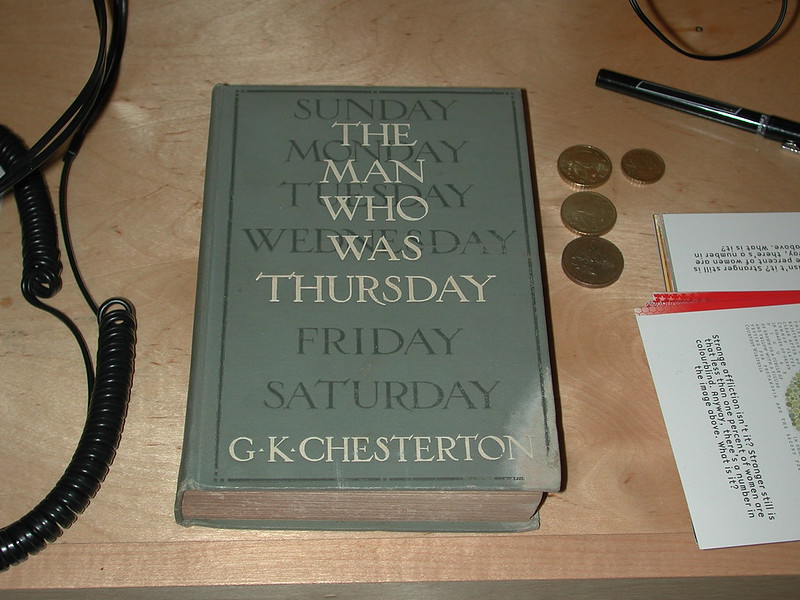
G.K. Chesterton’s The Man Who Was Thursday, first published in 1908, received mixed reactions upon its release. Some found its blend of philosophical mystery and absurdity perplexing, while others appreciated its wit and creativity. Over time, the novel has gained a dedicated following for its playful yet thought-provoking exploration of anarchism, order, and chaos. Its bizarre plot twists and allegorical undertones have cemented its place as a unique piece of speculative fiction. Today, The Man Who Was Thursday is regarded as one of Chesterton’s finest works, beloved for its intellectual depth and imaginative flair.
Their Eyes Were Watching God by Zora Neale Hurston
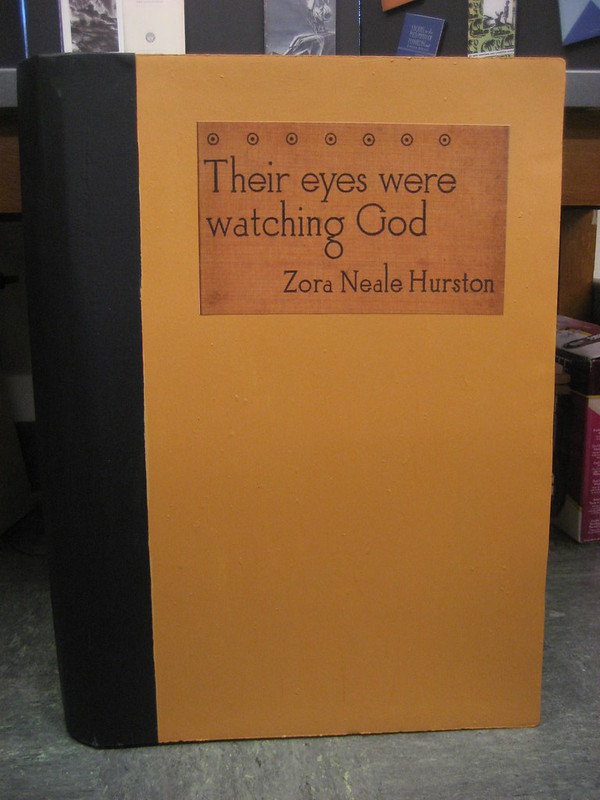
Zora Neale Hurston’s Their Eyes Were Watching God, published in 1937, was largely ignored by the literary establishment at the time. Hurston’s exploration of Black womanhood and independence was dismissed by many critics, and the book went out of print for several decades. It wasn’t until the 1970s, during the rise of the Black feminist movement, that Hurston’s work was rediscovered. Their Eyes Were Watching God is now recognized as a seminal novel, praised for its lyrical prose and profound portrayal of personal freedom and self-discovery. The novel’s revival highlights the shifting perspectives on race, gender, and identity in American literature.
In Search of Lost Time by Marcel Proust
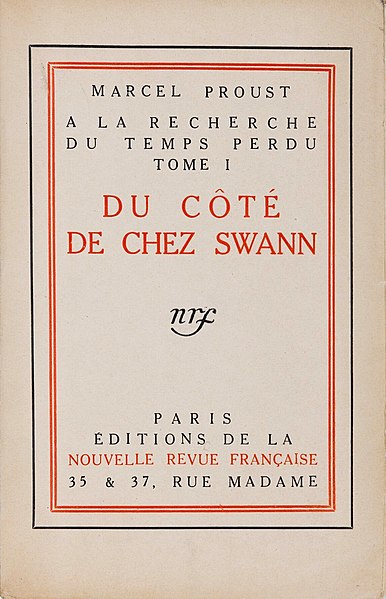
When In Search of Lost Time (or Remembrance of Things Past) was published in the early 20th century, Proust’s sprawling, multi-volume novel received little attention outside of France. Its length and intricate, introspective style made it a challenging read for many. However, as literary modernism gained momentum, Proust’s exploration of memory, time, and identity was revisited by scholars and critics. Today, In Search of Lost Time is considered one of the most important works of modernist literature, influencing countless authors. What was once dismissed as indulgent and overly complex has become a landmark in the study of narrative and consciousness.
The Awakening by Kate Chopin
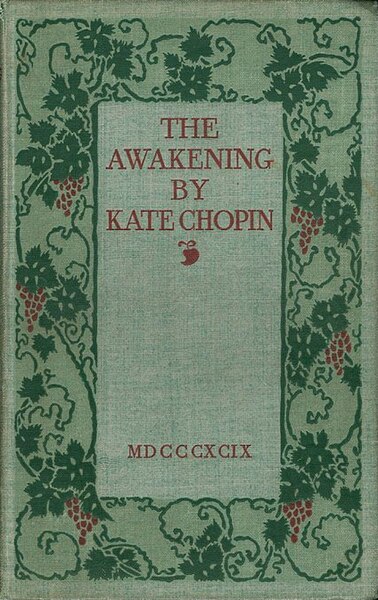
Published in 1899, The Awakening by Kate Chopin was met with outrage and dismissal for its portrayal of a woman’s sexual and emotional independence. The novel, ahead of its time in its exploration of female desire and self-liberation, was condemned by critics and forgotten for decades. In the 1960s, with the rise of the feminist movement, The Awakening was rediscovered and reevaluated as a pioneering work of feminist literature. Chopin’s story of Edna Pontellier’s rebellion against societal norms is now celebrated for its bold themes and emotional resonance. What was once controversial is now regarded as a classic study of womanhood.
Brave New World by Aldous Huxley
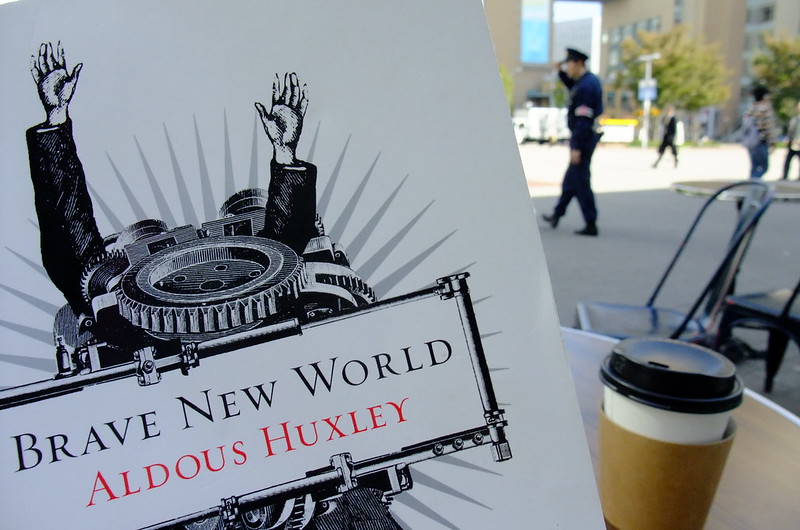
Though Brave New World is now considered one of the most important dystopian novels of the 20th century, it was met with mixed reactions upon its release in 1932. Many dismissed Huxley’s bleak vision of a technologically controlled society as overly pessimistic. However, in the decades following World War II, the novel’s relevance and prescience became undeniable. Its commentary on conformity, consumerism, and the loss of individuality in a scientifically engineered world gained newfound appreciation. Brave New World is now widely read in schools and analyzed for its prophetic vision of the future. What once seemed implausible now feels eerily relevant.
This article originally appeared on Rarest.org.
More From Rarest.Org
If you’re looking to raise chickens that offer both unique qualities and practical benefits, rare breeds can be an excellent choice. These chickens are not only valued for their distinct appearances, but they also provide high-quality eggs and meat. Read more.
Some games leave a permanent mark in history, thanks to incredible individual performances. These moments showcase not just skill but heart, resilience, and pure talent. Read more.
When it comes to racing history, certain cars often steal the spotlight. However, some lesser-known gems quietly reigned on the track with impressive performances. Read more.



